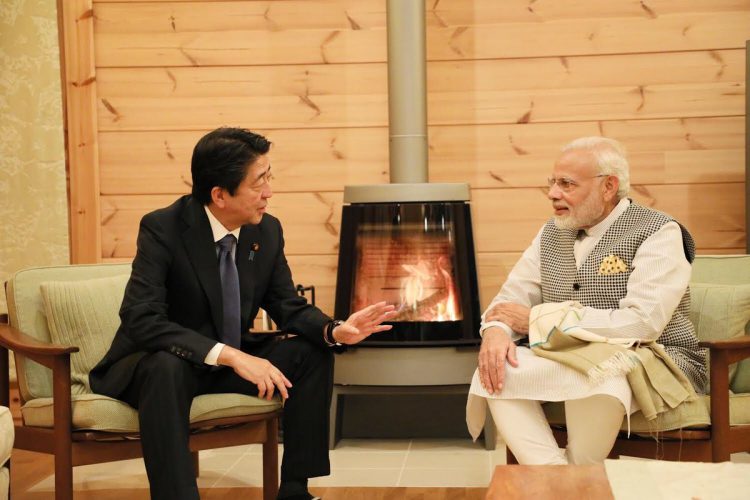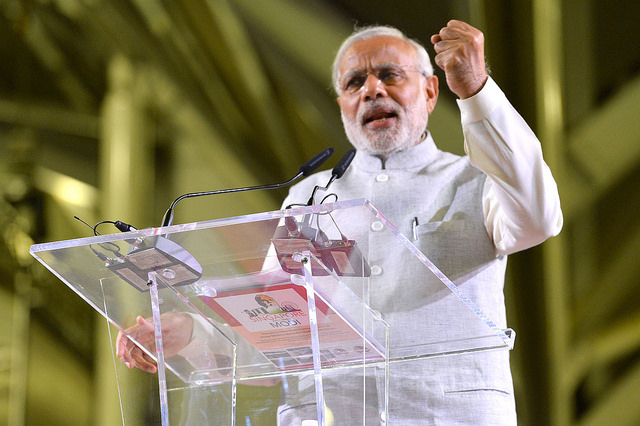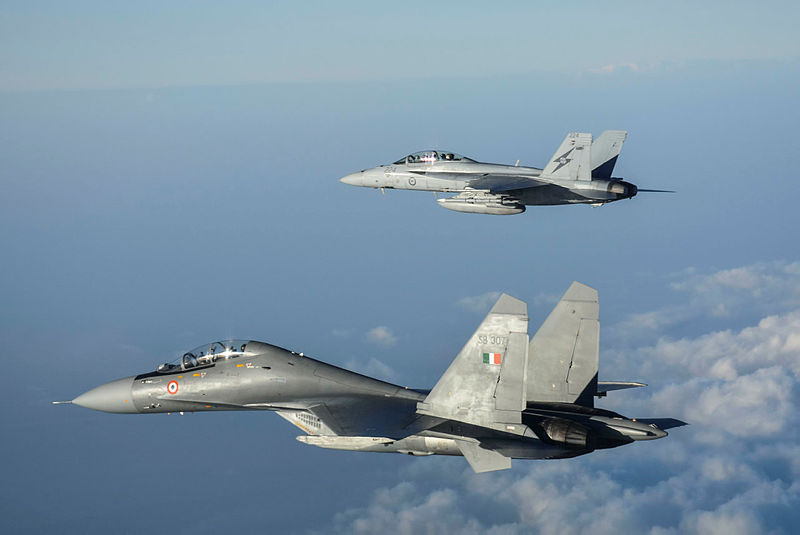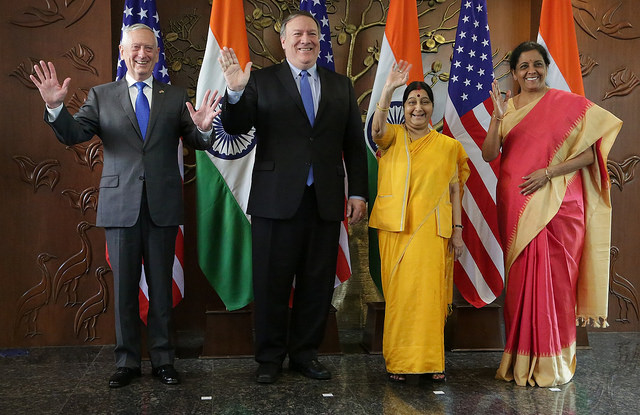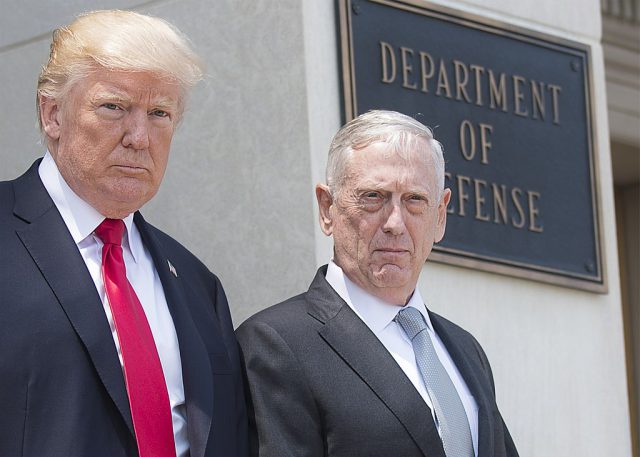Talking to the chiefs: Mike Noonan
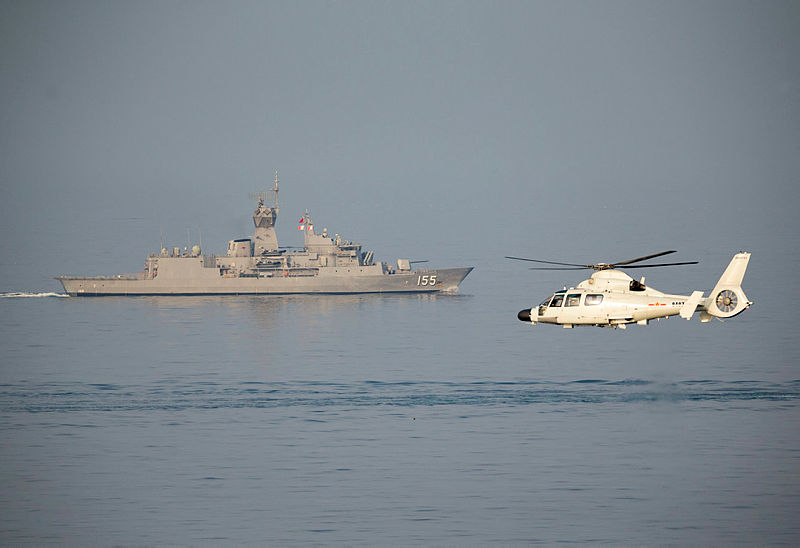
The regional security situation is evolving faster than anyone expected and that’s driving the Royal Australian Navy’s rebalance from the Middle East to the Indo-Pacific, says RAN chief Mike Noonan.
‘Our government’s focus on the role that Australia plays in the Southwest Pacific has deepened significantly in recent times’, says Noonan, who assumed command of the navy in July last year. The navy’s never left the region but now has a more dedicated focus on it, he tells The Strategist.
As a key Australian ally, the United States is making very deliberate strategic decisions on what the Indo-Pacific means to it and that process is still evolving, he says. ‘The very deliberate change in the name of US Pacific Command to Indo-Pacific Command and its changed posture is evidence of that.’
There’s a realisation within that thinking that Australia has the lead in the Southwest Pacific, Noonan says. ‘It’s great to know that we have the support of the US but, ultimately, the government will decide what we do in the region.
‘I think we all have a very clear view of the changing nature of military capabilities in the region. The military capability China is now building in all three domains is very significant. It changes the level of competition.’
Noonan says it remains unclear why China is building a navy at an unprecedented rate, with an unprecedented level of capability, and routinely operating around the Spratly Islands and elsewhere in the South China Sea. ‘That’s a changed dynamic’, he says.
The navy chief says China’s long-term intentions are not clear and the international community continues to call upon Beijing to be transparent about its activity in the region and to operate in accordance with the international rules-based order. ‘That’s not happening’, he says.
‘We as a country and I as the chief of the navy are very concerned about the change in dynamic that we see in our region in terms of the observance of international law around maritime boundaries.
‘We’ve seen over the last 10 years the creation of artificial structures, artificial islands, artificial bases that have by nature of their geography seen China then generate a maritime boundary, which is inconsistent with international law. They are claiming to now have new territory. That was tested and found to be inconsistent with international law, but what has China done about it? Nothing.
‘They continue to take this action, so that means that freedoms of navigation that once existed for this country and the rest of the international community have now been altered in a way that is not consistent with international law’, he says.
‘We need to be prepared to deter aggression if it does threaten our national interests and, if necessary, take defensive action’, Noonan says. ‘That’s very, very clear.’
A number of countries have observed China’s change in posture and are taking active measures to ensure that they have the capability to deter aggression and defend themselves if necessary. And as navies in Southeast and Northeast Asia are growing, Russia, too, is revitalising its military.
The US Navy has routinely carried out freedom-of-navigation operations for many years, and in many areas, most recently sailing within 12 nautical miles of China’s artificial islands. But Noonan says there are advantages in allies having different positions on such issues. ‘That provides us with options.’
When the US and United Kingdom carried out FONOPs within 12 nautical miles of claimed Chinese territory last year, both countries were issued with strong diplomatic notes by Beijing, which also stopped military cooperation with them for the rest of 2018. It’s not clear yet what the situation will be in 2019.
‘We do not conduct FONOPs in the ADF’, says Noonan. ‘It doesn’t mean that we won’t in the future. It doesn’t mean that we shouldn’t. Ultimately, they’re decisions for government to make.’
Noonan says the RAN operated significantly through the South China Sea during 2018 but did not go within 12 nautical miles of any claimed territory. ‘We enjoy a level of contact with the Chinese people and the People’s Liberation Army Navy that allows us to continue to have open dialogue about the international rules-based order’, he says.
Noonan met PLA Navy chief Vice Admiral Shen Jinlong in September. ‘I very clearly said I disagree, my government disagrees, with your activities and he very clearly recognised that our governments will disagree on things. But it’s important that we talk so that if we get to a point where we have disagreements and it could lead to an escalation of tensions in the region or at sea, I have a pathway to have a dialogue with my counterpart.
‘We had HMAS Melbourne in Zhanjiang in October. Our fleet commander visited there. We’ve conducted a Taiwan Straits transit. We’ve been through the Spratly Islands on three or four occasions this year in a very harmonious way. I’ve invited my Chinese counterpart to Australia next year. He’s invited me to China next year. Being able to have that dialogue, where we don’t necessarily always agree with things, is very important.’
Noonan speaks to allied commanders at least once each week about the changing dynamic in the region, especially in the South China Sea.
‘There’s a lot of coordination around what we can do, what we should do, what we might do, in the future. Being able to provide options to our government in terms of how we can best defend and contribute to the national interest is important. Every action has a reaction to it. And I know that the government has thought long and hard about whether or not we should conduct freedom-of-navigation operations and it is an option that remains on the table.’
While it’s often argued that for a nation’s warships to remain outside 12 nautical miles of an illegally claimed maritime boundary means giving tacit support to the claim, Noonan says he doesn’t necessarily agree with that. ‘I think that we are observing that there’s a disputed claim and if something occurs that makes the government feel the situation has changed then the fact that we’re in the region means we can change what we’re doing at very short notice. We’re there, we know the area and our teams are used to navigating in the region.
‘If you’re not routinely in the region, if you’re not used to operating in a task group, if you’re not routinely navigating in those waters, if you’re not routinely observing the traffic—be that civilian or military operating in the region—you’re not ready to react as flexibly as we are’, Noonan says.
‘The one thing that I’m really driving in our navy is that we’ve got to be very agile, we’ve got to be able to make decisions and ultimately my role is to produce a lethal fighting force, so that if the government needs to use it, we can use it.’


